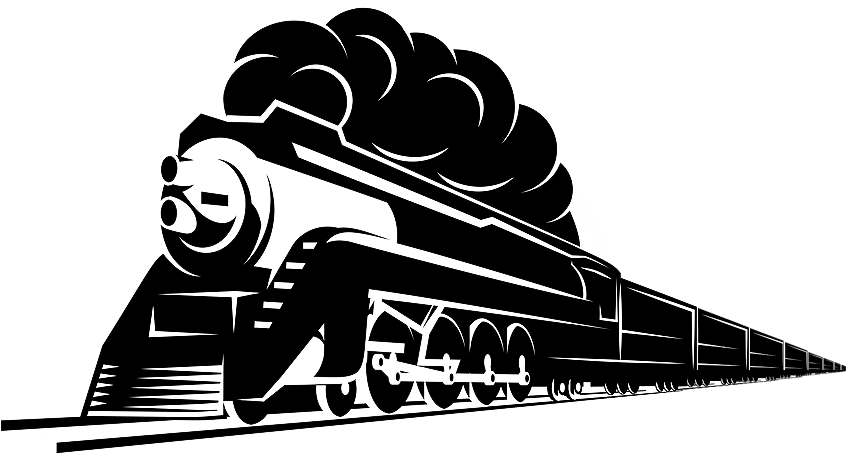"Specialists in American Flyer Trains & S-Gauge Railroading"
888-708-0782 (from US only)
978-465-8798 (International)
Phone calls: 2-5 PM Eastern
Time, Tue-Thu only
AM. FLYER REPAIR CLINICS
CLINIC # 9: Track Cleaning Fluids
SOLVENT-BASED FLUIDS
Generally, solvent-based fluids leave no residue and have a low flammability rating, a slow evaporation rate, don¹t dissolve plastics, and are inexpensive. Solvent-based fluids should be used with discretion -- flammability, compatibility with different types of plastics, as well as production of vapors and fumes, should all be taken into consideration. Examples of solvent-based fluids include mineral spirits, GOO GONE® cleaning fluid, 91% isopropyl (rubbing) alcohol, denatured alcohol solvent, Bachmann, Life-Like, or Hampton Hobby Products track cleaning fluids, etc.
OIL-BASED FLUIDS
These fluids do leave a residue, but that may not be objectionable. On the plus side, layouts that remain inactive for extended periods of time might benefit from a film of oil on the rails to prevent oxidation. Switch mechanisms and electrical contacts seem to thrive with the occasional fresh oil application. On the minus side, you may experience wheel slippage under load or on a grade. Examples of oil-based fluids include Wahl Clipper oil, 3-In-One oil, Rail Zip, etc.
WATER-BASED FLUIDS
Water-based fluids These leave a residue that accumulates and causes the need to clean more often. They can also corrode switch mechanisms, rail joiners and the sides of the rails (slowly) where the fluid might weep over the edge. Water-based cleaning fluids are not recommended. Examples of water-based cleaning fluids include Fantastic, Windex, 409 and products such as "Blue Liquid" track cleaner.
As with all matters of this nature, common sense and reading labels is necessary in order to understand the benefits and/or hazards of any fluid used for cleaning.
Your purchase is secure
Satisfaction guaranteed
International shipping
HOME
6 Storeybrooke Drive
Newburyport, MA 01950-3408
Email Doug
888-708-0782 (from US only)
978-465-8798 (International)
Phone calls: 2-5 PM Eastern
Time, Tue-Thu only
All Rights Reserved | Port Lines Hobby Supplies
Website & Hosting by SovoWeb a division of RedXWebDesign

